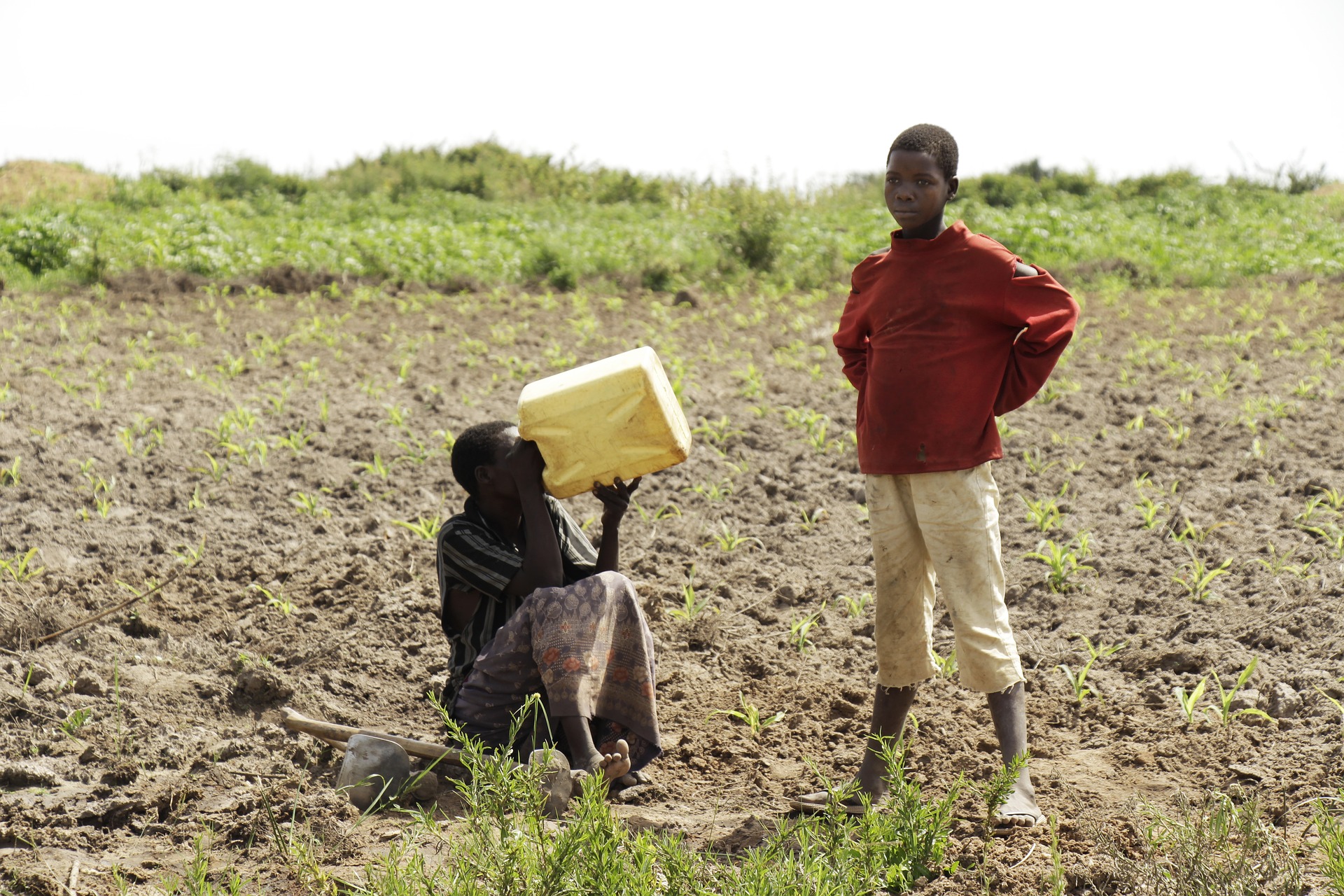New African alliance will help build up resilience to extreme weather
The African Development Bank has joined forces with 11 other international organizations to assist developing countries to build resilience against the impact of natural disasters
F
ollowing a series of deadly weather events that have caused widespread destruction, especially in Africa, institutions came together at the COP 25 climate change conference in Madrid to launch the Alliance for Hydromet Development.
“The science is clear: the global average temperature has increased by 1.1°C since the pre-industrial period, and by 0.2°C compared to 2011-2015,” said Petteri Taalas, Secretary General of the World Meteorological Organization.
“Ambitious climate action requires countries to be equipped with the most reliable warning systems and best available climate information services. Many developing countries are facing capacity constraints to provide these services. The Alliance is the vehicle to collectively scale up our support to the most vulnerable.”
Hydromet services
The members of the Alliance have committed to ramping up action that strengthens the capacity of developing countries to deliver high-quality weather forecasts, early warning systems, hydrological and climate services. Known for short as “hydromet” services, these underpin resilient development by protecting lives, property and livelihoods.
“The African Development Bank joins the Alliance in recognizing the gap in the limited capacity of African countries to address vulnerability to extreme climate shocks,” said Anthony Nyong, Director for Climate Change and Green Growth at the African Development Bank.
“Through the Hydromet Alliance, we are committed to doubling our climate finance support to African countries and will work with them to transition from dealing with disaster emergencies to building resilience against the impacts of extreme weather events.”
The founding members of the Alliance for Hydromet Development are the Adaptation Fund, the African Development Bank, the Asian Development Bank, the European Bank for Reconstruction and Development, the Global Environment Facility, Green Climate Fund, the Islamic Development Bank, the United Nations Development Programme, the United Nations Environment Programme, the World Bank, the World Food Programme and the World Meteorological Organization.

Better forecasts will help young Ugandans. Image by Charles Nambasi/Pixabay
Four areas
Members of the Alliance have committed to unite their efforts in four areas: by strengthening capacity to operate observational systems and seeking innovative ways to finance observations; by boosting capacity for science-based mitigation and adaptation planning; thirdly, by strengthening early warning systems, for improved disaster risk management (this would involve developing multi-hazard national warning systems, comprising better risk information, forecasting capabilities, warning dissemination, and anticipatory response). The members also agreed to boost investments for better effectiveness and sustainability. This would include systematically strengthening the World Meteorological Organization integrated global, regional and national operational hydromet system.
The actions of the Alliance to close the hydromet capacity gap are guided by the principles of UN agreements, including the Sustainable Development Goals , the Paris Agreement on climate change and the Sendai Framework for Disaster Risk Reduction 2015-2030.
The Alliance is open for membership to all public international development, humanitarian, and financial institutions that assist the hydromet capacity of developing countries.
The ideas presented in this article aim to inspire adaptation action – they are the views of the author and do not necessarily reflect those of the Global Center on Adaptation.